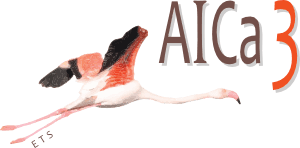Volker Straub *, Marta Bertoli
The John Walton Muscular Dystrophy Research Centre, Institute of Genetic Medicine, Newcastle University, Newcastle upon Tyne, UK
Autosomal recessive limb girdle muscular dystrophies (LGMD2) are a group of genetically heterogeneous diseases that are typically characterised by progressive weakness and wasting of the shoulder and pelvic girdle muscles. Many of the more than 20 different conditions show overlapping clinical features with other forms of muscular dystrophy, congenital, myofibrillar or even distal myopathies and also with acquired muscle diseases. Although individually extremely rare, all types of LGMD2 together form an important differential diagnostic group among neuromuscular diseases. Despite improved diagnostics and pathomechanistic insight, a curative therapy is currently lacking for any of these diseases. Medical care consists of the symptomatic treatment of complications, aiming to improve life expectancy and quality of life. Besides well characterised pre-clinical tools like animal models and cell culture assays, the determinants of successful drug development programmes for rare diseases include a good understanding of the phenotype and natural history of the disease, the existence of clinically relevant outcome measures, guidance on care standards, up to date patient registries, and, ideally, biomarkers that can help assess disease severity or drug response. Strong patient organisations driving research and successful partnerships between academia, advocacy, industry and regulatory authorities can also help accelerate the elaboration of clinical trials. All these determinants constitute aspects of translational research efforts and influence patient access to therapies. Here we review the current status of determinants of successful drug development programmes for LGMD2, and the challenges of translating promising therapeutic strategies into effective and accessible treatments for patients.
© 2015 Published by Elsevier B.V.
